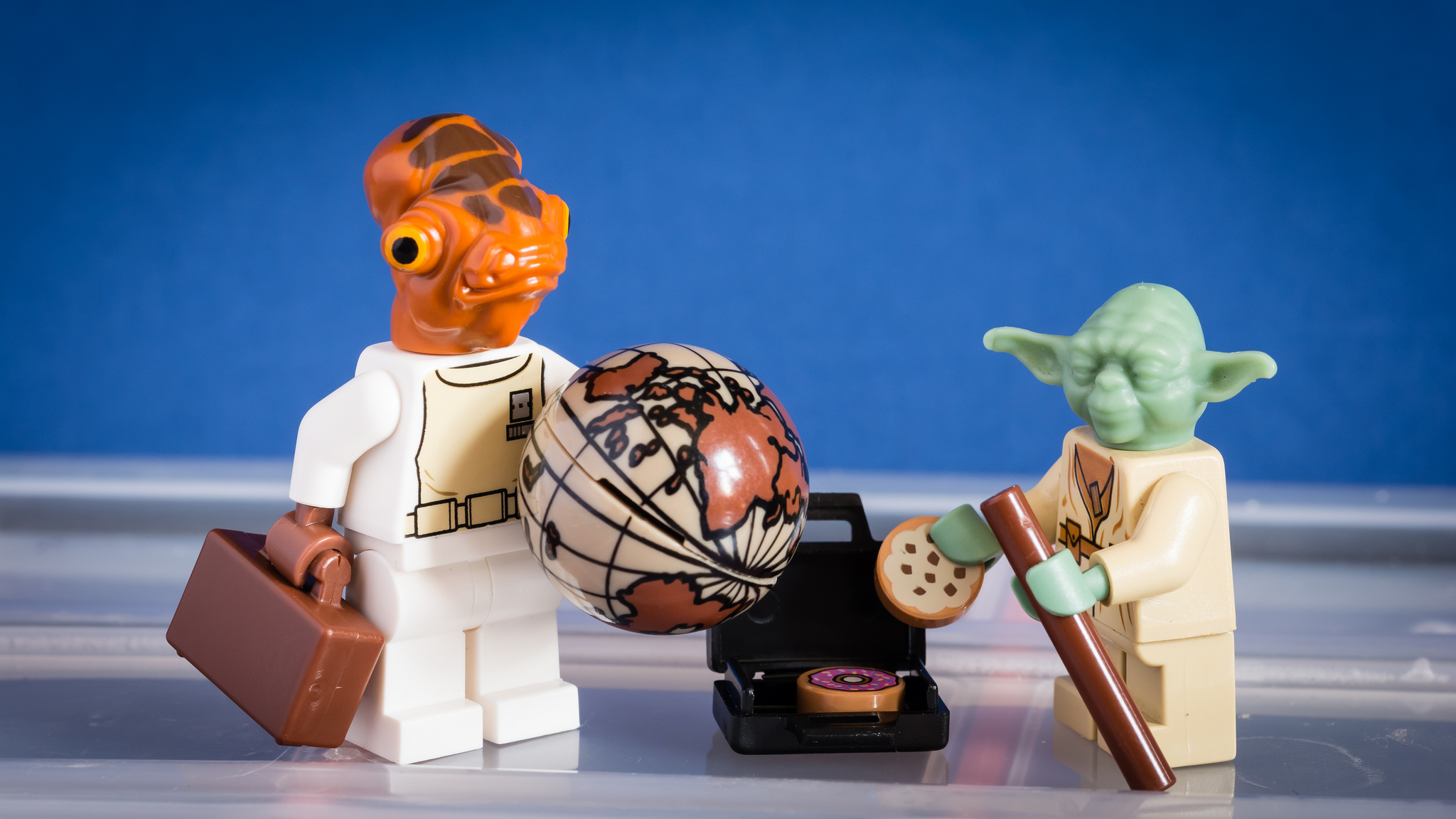The Supreme Court and Technology
In the first panel of the symposium, speakers addressed various issues concerning the Supreme Court and technology, including how the Court uses technology and what steps it might take to further incorporate technology into its practice.
Jerry Goldman – From Opacity to Transparency in Three Easy Steps
Professor Jerry Goldman—founder and director of the Oyez Project, a multimedia archive devoted to the Supreme Court and its work—presented on the Court’s official website (www.supremecourt.gov). Goldman explained that the Court’s online presence has been marked by opacity and inertia and that improvements are required as information-seeking audiences look to the Court for accessible content. He proposed three steps the Court could take to move “from opacity to transparency.”
First, the Court should improve accessibility to content, making its website easier to navigate. Currently, case briefs are difficult to find and read because they are hosted by the ABA and not the Court. These documents should be made publicly available through the Court’s website. Second, the Court needs to provide structure to the content on its site, indexing case and document information in a consistent and easily searchable manner. Finally, the Court needs to improve its archival standards, especially in regard to audio files. The Court currently records its hearings in the low-quality mp3 format; in order to improve quality and to align its practice with recording standards, the Court should make all of its recordings in a lossless, archival format.
If the Court can begin to take these steps—hosting all of its own content, providing structure to content, and improving its archival standards—it can become a more transparent, interactive, and informative site.
Visit the Oyez Project for more information on the Supreme Court and access to audio files from historic cases.
Nancy Marder – The Supreme Court and Images
Professor Nancy Marder also spoke in the first panel on the Supreme Court and technology, advocating for the Court’s use of images, maps, and other visual media in cases. Images can be useful aides in opinions, Marder explained, because they provide context and are more accessible than footnotes. She named notable examples of cases—including Carnival Cruise Lines, Inc. v. Shute and Brown v. Plata—that have used images to great effect.
While Marder encouraged the Court’s use of images, she also cautioned against irresponsibility with images. Images are powerful and often controversial, and justices who use images must think carefully before using them and must explain them with words. Dissenters should also acknowledge and challenge any images used, just as they would a footnote. Only with such care and thoroughness can the use of images contribute healthily to the Court’s practice.
Marder also called for practical reform regarding the use of images. Currently, many images are inaccessible or difficult to see in online versions of reports and opinions. Online versions of opinions should be changed to accommodate the inclusion of images.
For more of Professor Marder’s scholarship on the Supreme Court, visit her SSRN and Bepress pages.
The first panel also included Keith Bybee of Syracuse University, Tom Goldstein of SCOTUSblog, and moderator Mark Rosen of Chicago-Kent.



Leave a Reply